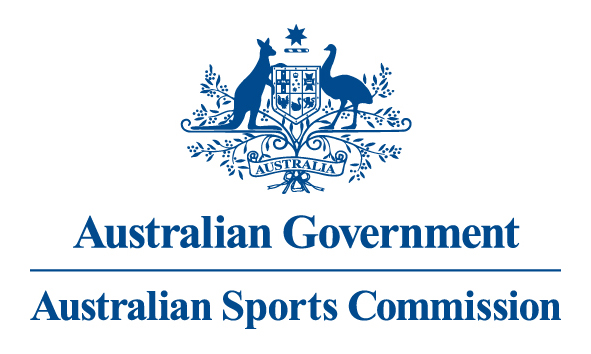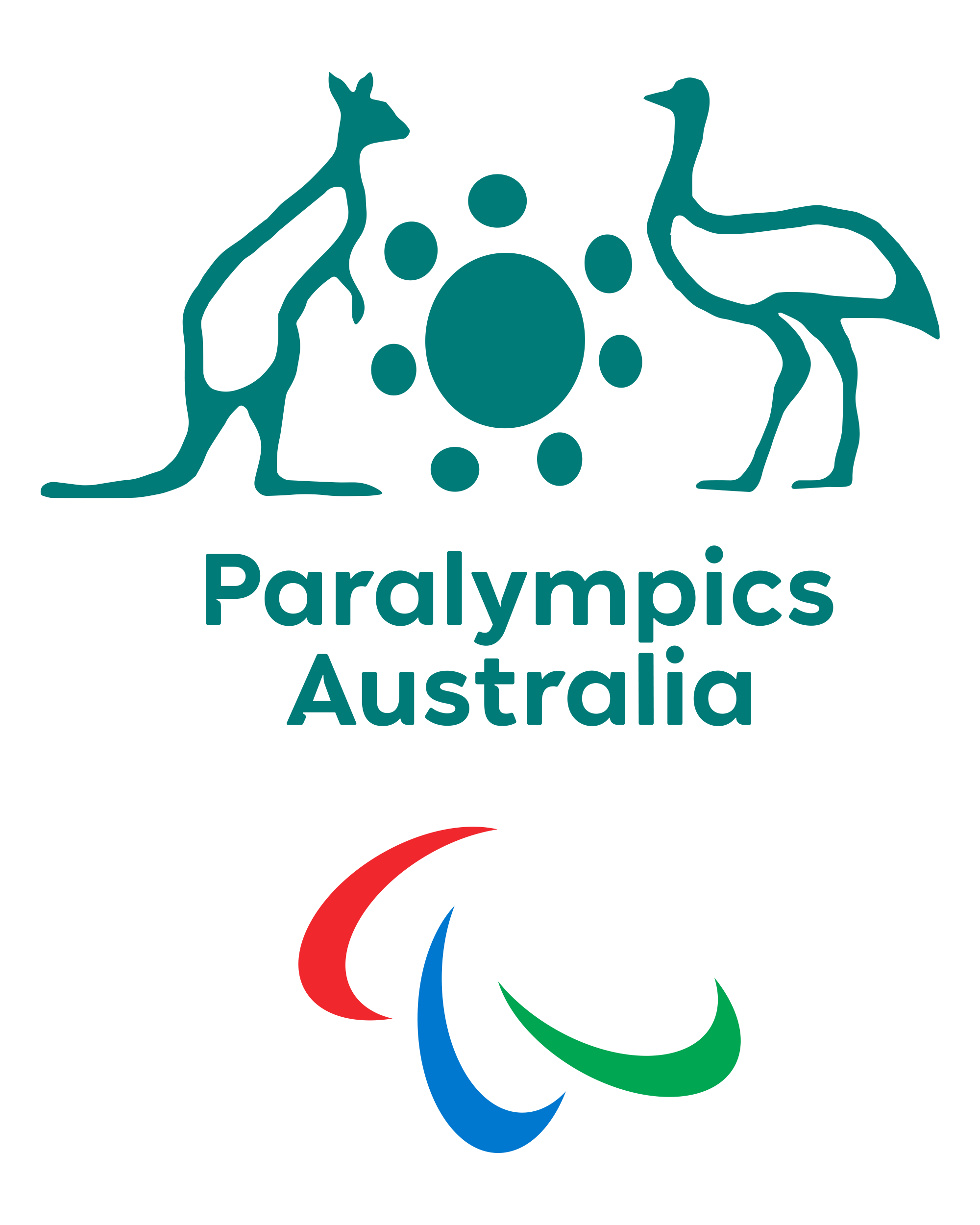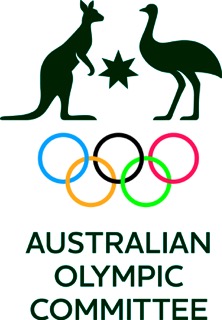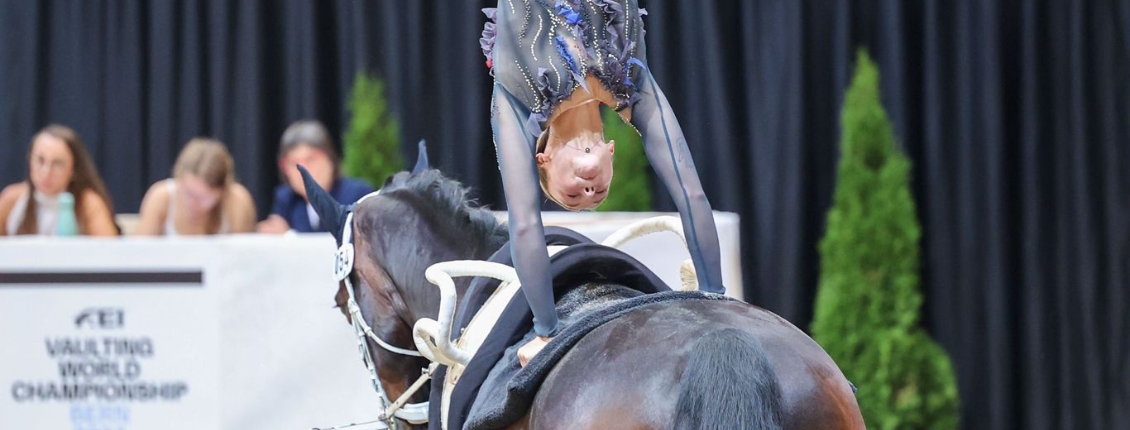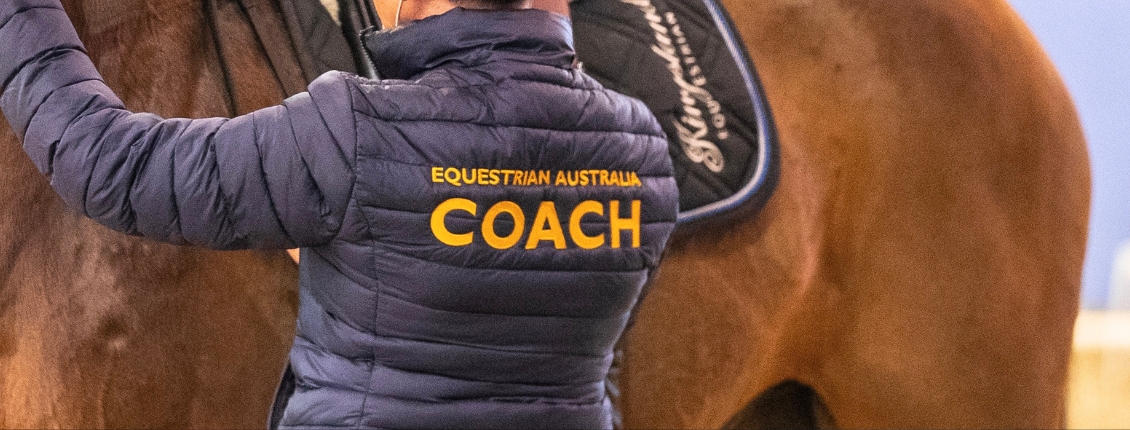What are Sensory Hairs?
Horses have special tactile sensory hairs, known as their whiskers. The whiskers on a horse play an important role in their sensory awareness system. These amazing sensory hairs have their own nerve and blood supply and help horses navigate their surroundings.
Whisker follicles are deeper and larger than other hair follicles, with a richer blood supply and a connection to far more nerves than regular hairs. This helps make whiskers incredibly sensitive to touch, even if it's something as subtle as air movements.
Location and purpose of whiskers
Whiskers are a coarse hair-like structure found around the horse’s eyes and muzzle. The purpose of whiskers, both around the eyes and muzzle, is to provide sensory feedback on the horse’s environment and surroundings. The length of the whiskers determines the safe distance from unfamiliar objects, compensating for the blind spots a horse has in front of its face and underneath its nose1. In fact, many times the only information a horse receives about what is happening in these areas is provided through its whiskers. As well as this, they also enable the horse to understand unfamiliar characteristics of food or detect small inedible objects2.
The whiskers, present on both upper and lower eyelids, provide an automatic blink response when they encounter something like a fly or contact with an object which helps protect the eye itself.
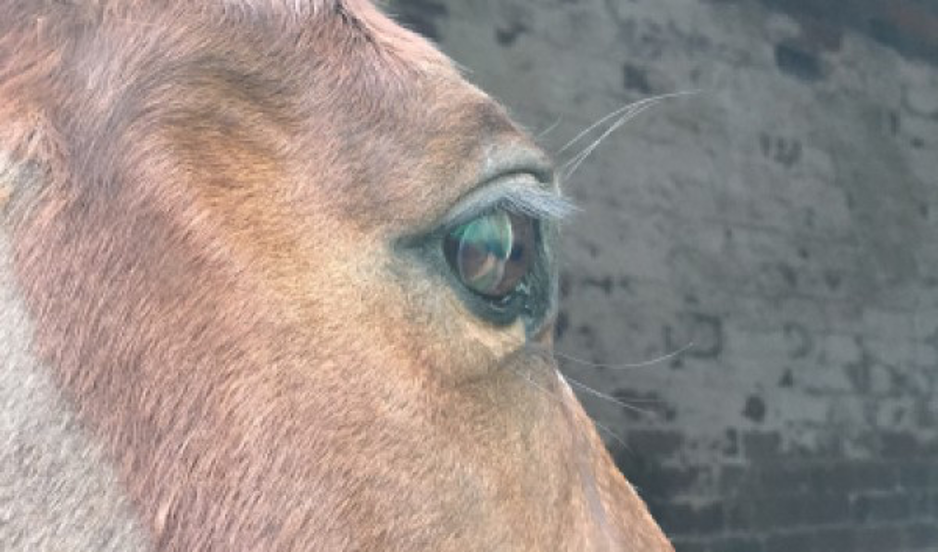
Due to the whiskers having a good nerve supply, one study has even suggested that horses may be capable of picking up vibrational energy through their whiskers, which might help them detect sound frequencies, or feel the energy in an electric fence without touching it3.
Equestrian Australia advises that sensory hairs located around the mouth, nose and eyes are an important sensory organ for the horse and should not be removed for cosmetic purposes.
The practice of whisker removal is common in countries like Great Britain and America. However, in some countries such as Germany and Belgium, the practice has been banned for many years, due to welfare concerns. More recently the International Federation for Equestrian Sports (FEI) has banned whisker trimming as of July 2021, with some British governing bodies following suit (British Dressage and British Eventing), as well as Equestrian Sports New Zealand.
Equestrian Australia has banned the trimming of sensory hairs effective from 1st July 2022. The EA General Regulations state:
Chapter VI Protection of Athletes and Horses
Article 141 - Protection of Horses
In cases of a Horse’s illness or injury during an Event the Ground Jury will decide, after consulting the Veterinary Delegate or Commission, whether the Horse may continue in that or subsequent Competitions.
A Horse’s sensory hairs may not be clipped and/or shaven or otherwise modified in any way under penalty of elimination from the event. Individual sensory hairs may be removed by a veterinarian to prevent pain or discomfort for the Horse. Areas of hair that must be clipped, shaven or removed to allow veterinary treatment are exempt from this rule.
A phase in period of six months is being introduced to ensure horses are competing with sensory hairs. From 1st July 2022, horses found competing with clipped/shaven/otherwise modified sensory hairs will be issued a recorded warning. From 1st January 2023, horses found competing with clipped/shaven/otherwise modified sensory hairs will be eliminated from the event.
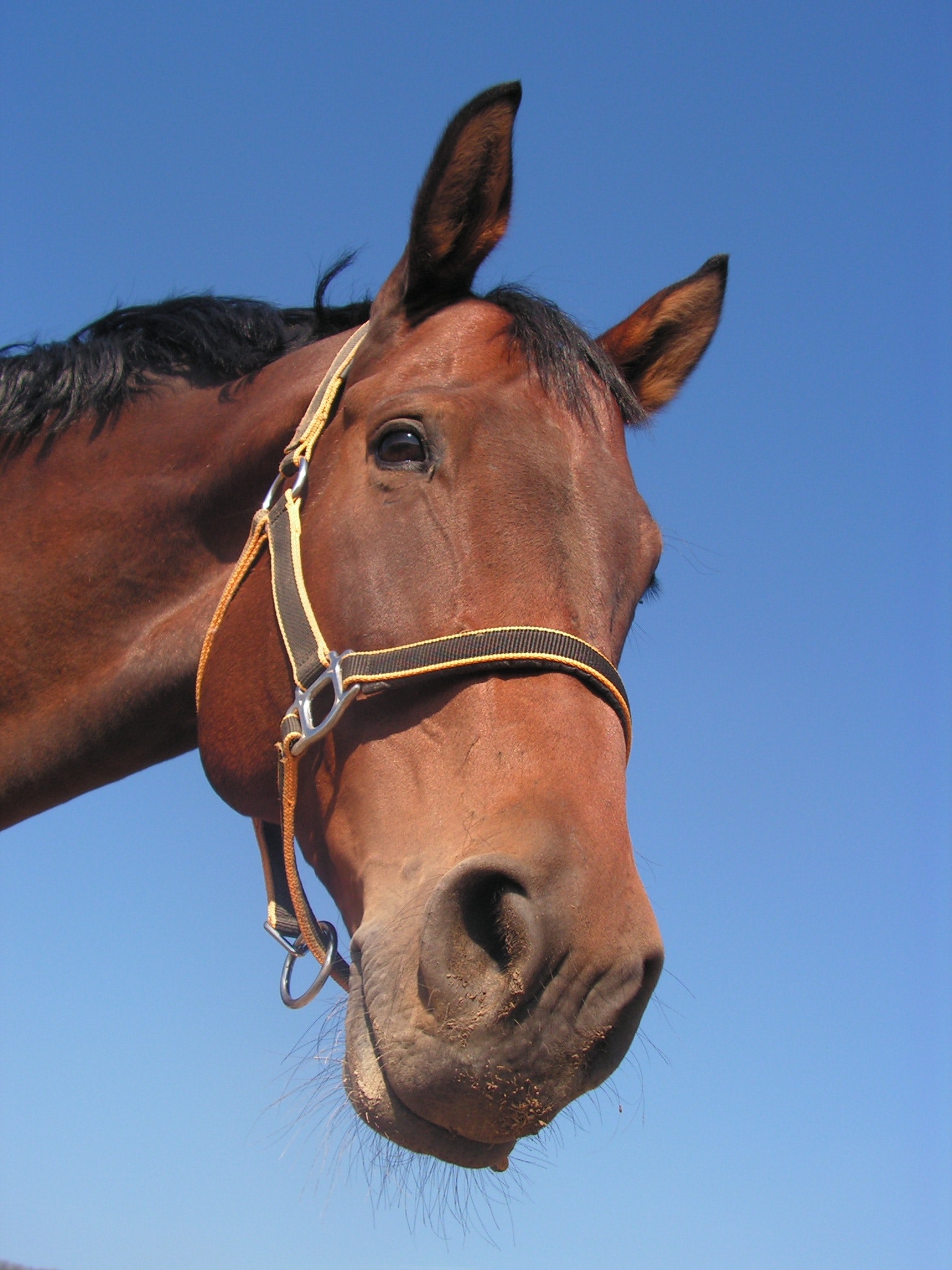
How to Trim Guide from the FEI
Watch video here - note that the video depicts trimming of the ears. Ear hair is currently allowed to be trimmed as they are not considered sensory hairs.
Guide for Officials
Find the guide for officials here.
References
1) Emerson, L. Giffin, K. Stevenson, A. (2016). Practice and attitudes of trimming equine vibrissae (sensory whiskers) in the UK and Germany. Journal of Veterinary behaviour, Vol 15, pg 92.
2) Jenson, P. (2017) The Ethology of Domestic Animals, Third Edition. CABI. pg 182.
3) McGreevy, P. (2012). Equine behaviour. A guide for veterinarians and equine scientists. Second Edition. Elsevier Health Sciences., pg 49.
Article adapted from the British Horse Society


